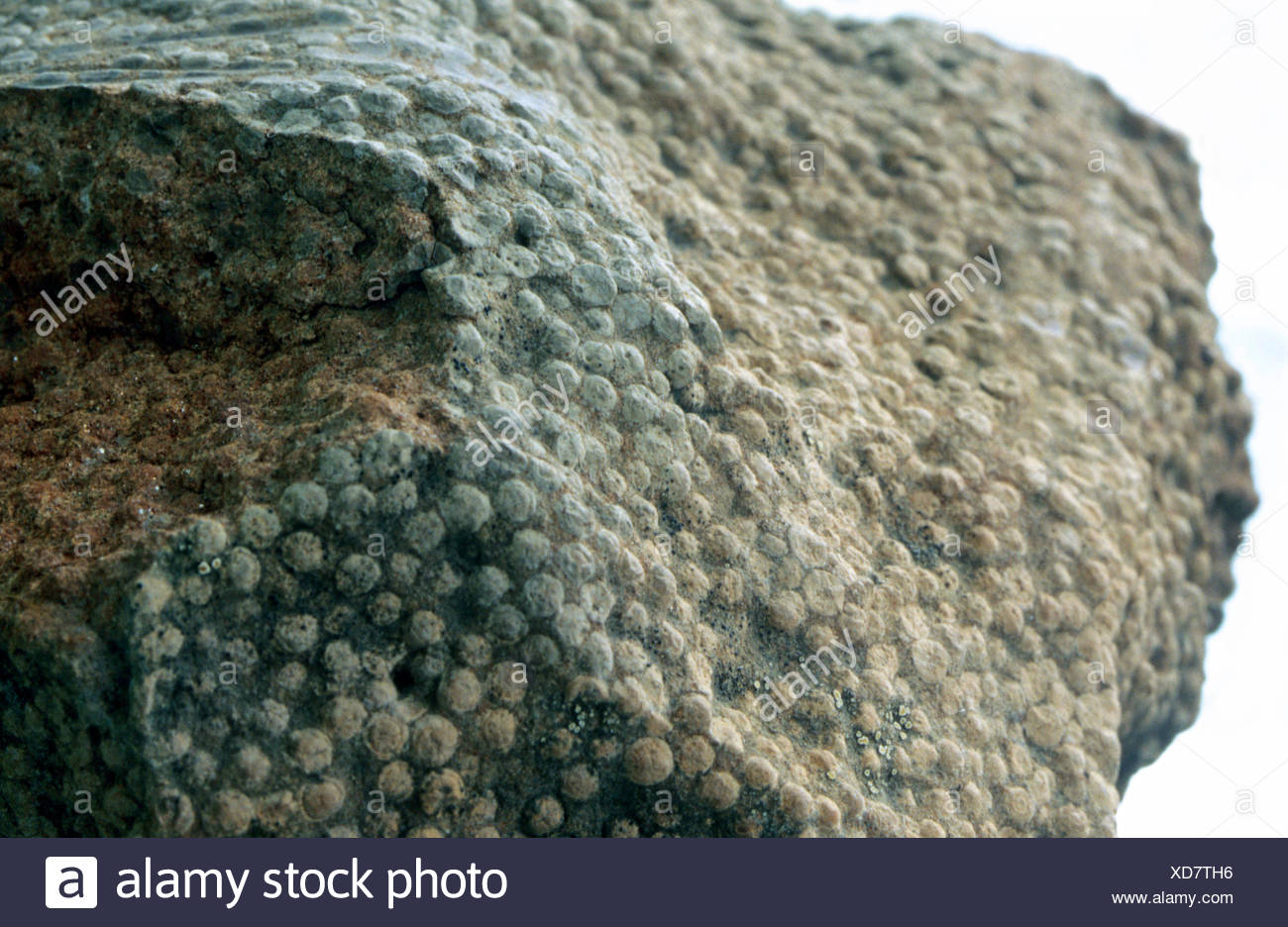

Winston, 1974, Geologic Framework of the High Transmissivity Zones in South Florida: Florida Geological Survey Special Bulletin No.

Vernon, 1964, Summary of the geology of Florida and a guidebook to the classic exposures: Florida Geological Survey Special Bulletin No.

Windom, 1965, 230Th/234U age of the Pleistocene corals and oolites of Florida: Journal Geophys. Multer, 1967, Miami Limestone of Florida, and it's recent Bahamian Counterpart: Geological Society of America, v. Hoffmeister, J.E., 1974, Land From the Sea, University of Miami Press, Coral Gables, Florida Evans, 1983, The Miami Limestone, A Guide to Selected Outcrops and Their Interpretation, Miami Geological Society 1945, Geology of Florida Florida Geological Survey Bulletin No. The Miami Limestone is one of three contemporaneous deposits in South Florida with the Anastasia Formation to the north, and the Key Largo Limestone to the south.Ī similar active ooid shoal environment now exists in the Bahamas (Hoffmeister, Stockman, and Multer, 1967). Several locations such as Alice Wainwright Park, Coral Way, and numerous outcrops along Bayshore Drive are low-lying bluffs, with Silver Bluff being a wave-cut cliff or bench. The stops for this field trip ranged from south Miami-Dade County to the most northerly exposure in central Broward County. Differential weathering, or selective cementation, is visible in 2 cm couplets, with the well-cemented layers being more resistant. The cross-bedding throughout the formation is differentially weathered. At the southernmost locale, Ingraham Park, the bioturbated facies is on the bottom, then a section of cross-bedding, with a final bioturbated section at the top of the formation. The stratigraphic sequence throughout the formation is alternating sections of the two faces. The oolitic facies can be further divided into a cross-bedded and a bioturbated facies. The bryozoan facies is comprised entirely of one species, Schizoporella floridana (Osburn 1914. The formation has two distinct facies - an eastern oolitic facies that form the Atlantic Coastal Ridge, and the bryozoan facies to the west, in the Everglades. Rainwater at this time flowed through the pore spaces allowing calcite to precipitate around the grains and formed the indurated rock (Halley and Evans). Sub-aerial exposure of the deposits occurred during the lowering of sea level during the Wisconsian. Osmond, Carpenter, and Windom (1965) and Broecker and Thurber (1965) through uranium-series dating concluded that the Miami Limestone is about 130,000 years old. The formation was deposited during the Sangamon interglacial and Wisconsin glacial stages as a narrow band of oolitic carbonate in a north-south trending barrier bar system along the eastern portion of present day Miami-Dade and Broward counties. The Miami Limestone, formerly known as the Miami Oolite (Sanford 1909), is one of three distinct Pleistocene rock formations in southeastern Florida. The type section and reference section are not accessible to the public (Shipton-on-Cherwell Quarry and Ardley Railway Cutting respectively).Virtual Field Trip of Selected Exposures of the Miami Limestone Miami-Dade & Broward counties, Florida The BGS determined 'type area' is the Cherwell Valley from Woodstock to Ardley, where it is commonly ca. The calcareous regolith contributes to the formation of the rendzina facet of the Cotswold catena. The White Limestone caps escarpments and valley slopes, and forms broad plateaux throughout the north Cotswolds. Laterally, the White Limestone eventually passes into the Athelstan Oolite Formation south westward and the Blisworth Limestone Formation north eastward. The White Limestone Formation is found overlying the marls or fine-grained ooidal grainstones of the Hampen Formation. The upper boundary is commonly a sharp, erosive boundary, with the Forest Marble Formation. Higher energy phases are recorded in the rock record by cross-bedded ooid limestones. The depositional environment for the White Limestone Formation is a protected, shallow marine setting with periods of reduced sedimentation resulting in the formation of hardground. A pale grey to off-white or yellowish limestone, peloidal wackestone and packstone with subordinate ooidal and shelly grainstones, recrystallised limestone and/or hardgrounds at some levels with rare sandy limestone, clayey limestone, marl and mudstone or clay.


 0 kommentar(er)
0 kommentar(er)
